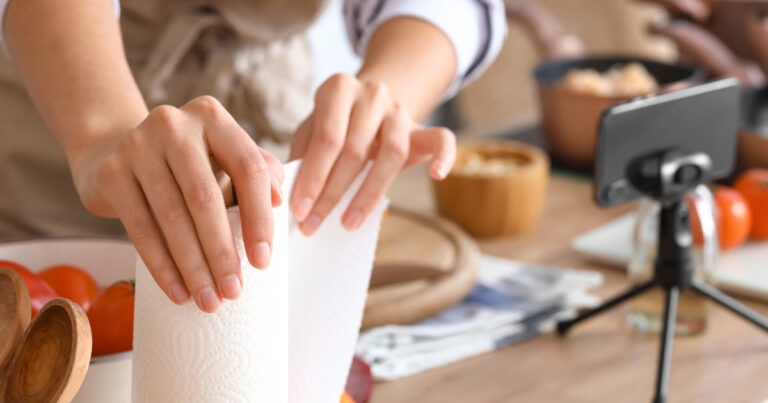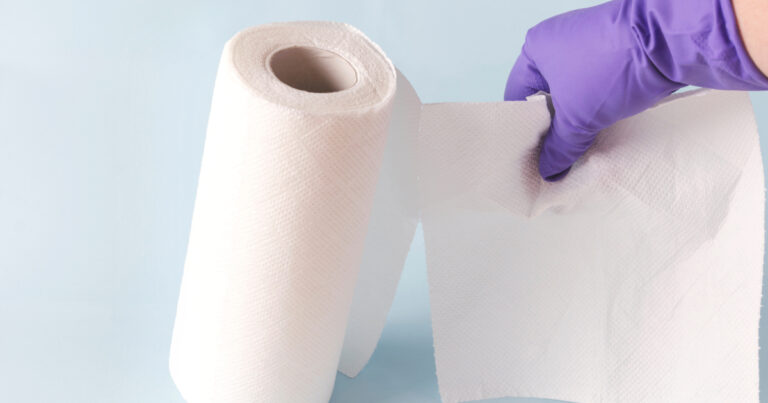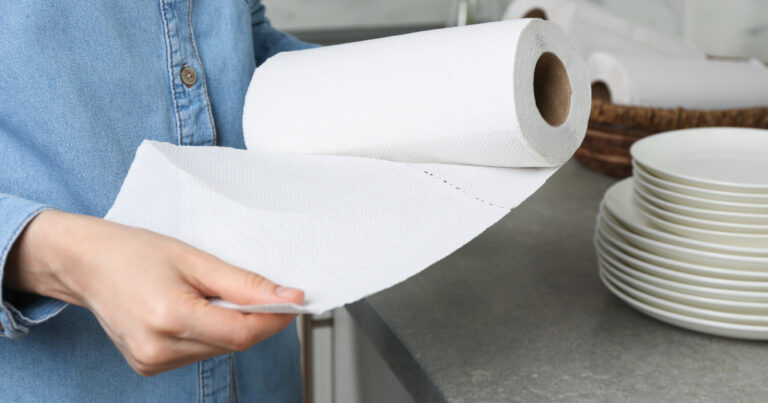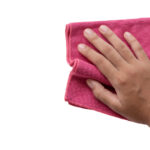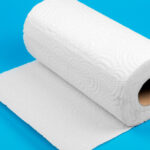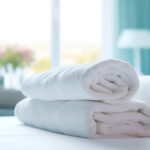Summer is fast approaching, which means it’s almost time to pack your bags and head to the beach! But before you go, you’ll need to make sure you have the proper towels – bringing the wrong kind can really put a damper on your beach vacation.
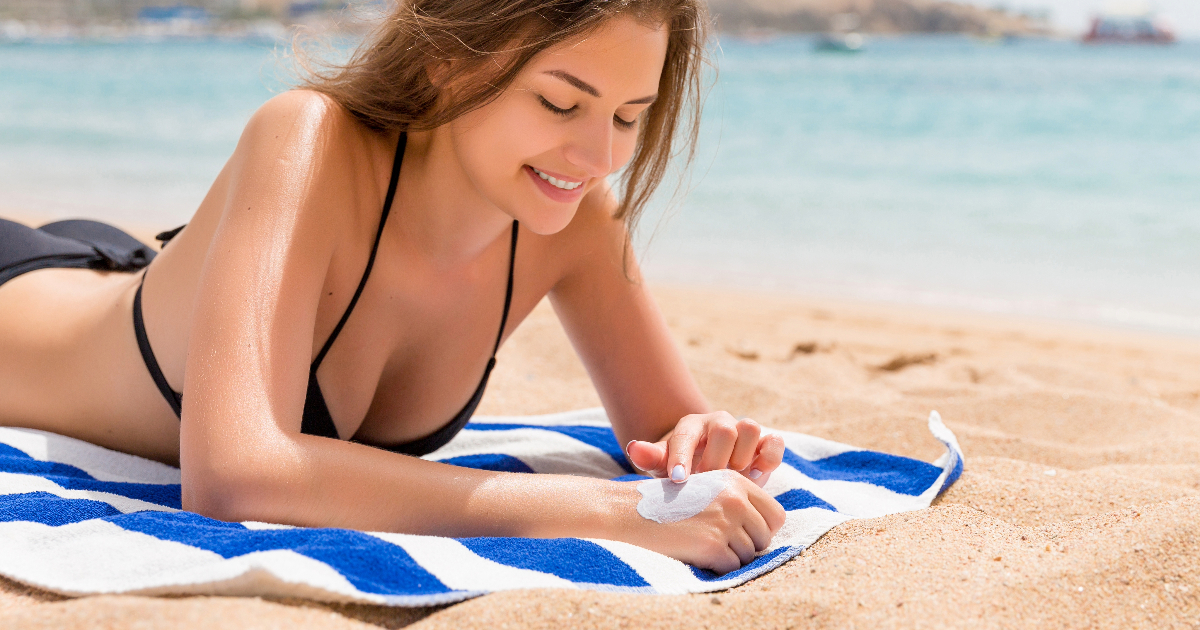
So what’s the difference between a bath towel and a beach towel? While they may seem interchangeable, there are some key differences when it comes to size, thickness, absorbency, and more.
Size Matters
The most noticeable difference between bath and beach towels is the size. Beach towels are significantly bigger – they need to be large enough to fit your whole body while lying on the sand.
Bath towels are relatively small, measuring around 27″ x 52″ on average. This compact size makes them easy to use after a shower and convenient to store in your bathroom.
Beach towels, on the other hand, are much longer and wider. The average dimensions are roughly 40″ x 70″, providing plenty of coverage to keep both your body and your beach chair sand-free. Some extra large beach towels are even bigger!
The ample size of beach towels gives you more functionality. You can lay them flat to lounge on, wrap up in them like a blanket, or fold them over as a beach canopy for shade. Bath towels simply can’t provide the same level of coverage.
So if you’re headed to the seaside, go big or go home – the extra square footage of a beach towel is a shore thing.
Thickness Matters Too
Along with size, thickness is another key difference between bath and beach towels. For absorbing moisture after a bath or shower, you want a plush, fluffy towel that feels luxurious against your skin.
Bath towels are made of thick, cotton terry or cotton blend materials. The extra pile height helps the towel soak up more water. Many bath towels have a weight of 600 GSM (grams per square meter) or higher.
Beach towels have a much more lightweight, thinner fabric. Since you aren’t using them for drying your body, they don’t need that superior absorbency. The thinner fabric also makes beach towels quicker to dry if they get wet.
Typical beach towel materials include cotton, microfiber, linen, or blends. They usually have a lower density with weights between 300-400 GSM. You can easily feel the difference in heft when holding each type of towel.
The thin yet durable nature of beach towels makes them easier to transport and less bulky in your beach bag. You can pack several without taking up too much space.
Absorbency Differs Too
Following their disparate thicknesses, bath and beach towels also differ in their absorbency levels. Absorbency refers to how effectively a towel soaks up and retains liquid.
With their thick, plush pile, bath towels are incredibly absorbent. They readily soak up all the water on your body after a shower, while feeling pleasantly soft and warm. Long cotton fibers provide the highest liquid absorption.
Beach towels don’t require that intense absorbency since you aren’t using them to dry yourself. Their main function is keeping sand at bay. Beach towel materials reflect this – linen, microfiber, thin cotton – all offer moderate absorption.
In fact, too much absorption would be detrimental for a beach towel. Holding onto moisture could cause mildew and unpleasant odors in a damp towel that sits bundled up for hours.
The moderate absorbency of beach towels allows them to get wet but also dry out fairly quickly in the sun and breeze. You can take a dip in the ocean and lay back down on your towel without it being soaked.
So save those highly absorbent bath towels for the bath, and opt for a beach towel with more balanced absorption for the shore. Your skin and nose will thank you!
Fabrics Make a Difference
Bath and beach towels rely on different fabric materials that align with their specific functions. To understand which fabrics work best, let’s compare some of the most common options.
Cotton
Cotton is by far the most prevalent bath towel material. Its soft fibers are highly absorbent and lint-free, making cotton ideal for drying your body. Long staple cotton like Pima or Egyptian cotton offer the finest quality and absorbency.
Cotton has some disadvantages for beach towels though. It’s on the heavier side, and retains moisture longer. All-cotton beach towels can stay damp for hours if balled up in your bag. The fibers also absorb odors easily.
Microfiber
Microfiber isn’t absorbent enough for a great bath towel, but its benefits shine in beach towels. Microfiber dries extremely fast, and the synthetic fibers won’t hold onto smells. It weighs much less than cotton too.
The downsides of microfiber are that it’s less soft, and could be abrasive on sensitive skin. It also relies on chemical treatments to achieve its properties.
Linen
Linen makes an exceptional beach towel fabric. It’s lightweight yet durable, dries quickly, and resists odors wonderfully. Linen feels luxuriously soft against skin without retaining moisture.
For bath towels, linen is less ideal since it’s not very absorbent. Parts of Europe favor linen bath towels, but most consumers prefer cotton’s superior absorbency.
Terry Cloth
Terry cloth refers to the looped pile fabric used predominantly in bath towels. The bouclé-style loops efficiently soak up water when you rub your skin across them. High-quality Turkish cotton terry is prized for bath towels.
But you won’t find many terry cloth beach towels. The thick loops become heavy when wet, take ages to dry, and aren’t the most comfortable for lounging. Terry cloth is best left in the bathroom.
As you can see, not all fabrics are created equal. The best beach towels utilize lightweight, quick-drying fabrics that fight odors. Bath towels rely on ultra-absorbent, thicker cottons to work their after-shower magic.
The Look is Part of the Appeal
Beyond their functionality, beach and bath towels have très different aesthetics. Beach towels aim for eye-catching designs, while bath towels blend into your bathroom decor.
Bath towels come in solid, neutral hues like white, beige, grey, and chocolate brown. Sticking with muted tones allows them to complement most color schemes. Patterns on bath towels stay simple – wide stripes, a small repeating logo, or a single color band on one end.
Beach towels take the opposite approach with bold, vibrant colors and busy graphics. They utilize bright colors like turquoise, neon pink and orange that pop against the sand. Popular patterns feature photorealistic tropical motifs, tie-dye swirls, or rainbow stripes. The busier the pattern, the better for a beach towel!
The choice of materials also influences the look. Plush terry cloth adds texture interest to bath towels, while flat sheen fabrics keep beach towels smooth for lounging. In terms of appearance, beach towels aim to attract attention while bath towels blend in subtly.
Weight Makes a Difference in Transport
From the size and fabric contrasts, it follows that beach and bath towels have quite different weights. Weight matters when it comes time to pack them in your bag and carry them around.
Bath towels are made of thick, absorbent materials like cotton terry. All that plush padding adds considerable weight. A typical adult bath towel weighs 14-24 ounces.
Now imagine stuffing several of those dense towels into your beach bag – it would be ridiculously heavy before you even add bottles of sunscreen, snacks, and other gear.
Beach towels keep to a featherweight feel. With their lightweight linen or microfiber fabrics, beach towels often weigh 8-12 ounces for a standard size. Even the oversized versions clock in at just 1-1.5 pounds.
The lighter carry weight of beach towels is hugely beneficial for travel. You can easily fit 2-3 in your bag without breaking your back lugging it around the boardwalk.
Special Features of Beach Towels
Beyond the core characteristics of size, thickness, and fabric, beach towels contain special features that make them primed for beach life.
- Many beach towels are designed with one soft, absorbent side and one non-absorbent side covered in a textured moisture-resistant treatment. The absorbent side dries you off, while the textured side prevents sand from sticking.
- Another handy feature is a zippered pocket along one edge. You can safely store keys, cash, or sunscreen inside rather than leave them lying on the beach.
- For easy transport, some beach towels come with a fastener or attached strap. This allows you to roll up or fold your towel and quickly secure it to your bag.
- Antimicrobial properties are added to many beach towels to inhibit odor and mildew growth. Since they’re often balled up while damp, antimicrobials keep them fresher.
- If you’ll be camping on the beach or using it poolside, a hook loop on one corner lets you securely stake down your towel. No more chasing it across the sand or deck!
These specialized features allow beach towels to excel in their seaside environment. You won’t find pockets, straps, or stake down grommets on the average bath towel.
Maintaining Beach vs. Bath Towels
To maximize the life and enjoyment of your towels, proper care and washing are essential. Beach and bath towels have some differing needs when it comes to maintenance.
Wash Frequency
With their frequent water exposure, beach towels require regular laundering to look and smell fresh. Wash them after 2-3 uses, or at least weekly if used daily on vacation.
Bath towels can go longer between washes – 2 to 3 weeks is fine for personal use. The exception is if they develop a mildewy smell, which necessitates immediate laundering.
Wash Methods
Beach towels benefit from a periodic vigorous wash to remove all residual sand and saltwater. Use a hot water setting and add bleach or borax as needed.
Bath towels only need a gentle machine wash cycle in cool or warm water, and mild detergent. Aggressive hot water and bleach can degrade their softness over time.
Drying
It’s best practice to air dry both towel types rather than relying solely on machine drying. Air drying minimizes shrinkage and maintains the towels’ plushness.
If you do machine dry, use a low heat setting. Remove beach towels promptly when dry to avoid over-drying, which can make them stiff.
Folding & Storage
Beach towels should be air dried fully before storage to prevent mildew. Roll them up tightly rather than folding, so air circulates inside.
Bath towels can be folded neatly and stacked in a cabinet still slightly damp. Use plenty of space between each towel for airflow.
With some adjustments to your wash routine, both types of towels will serve you well for seasons to come!
Bath Towels for Babies & Kids
When it’s time to shop for towels for your little ones, you may notice kid and baby bath towels share similarities with adult beach towels for their size and fabrics.
Babies and toddlers can’t yet handle an big, adult bath towel. Their tiny bodies would disappear under a 27″ x 52″ towel!
That’s why the best baby bath towels keep to smaller dimensions of around 30″ x 30″, sometimes with a hood sewn in. The compact size makes it easier to wrap up your kiddo.
Like beach towels, the materials used in kids’ bath towels favor soft, lightweight cottons or cozy microfiber. Thick adult terry cloth would feel scratchy on a child’s sensitive skin. Plus it retains too much moisture against their delicate bodies.
As kids grow into bigger children, their bath towels get bigger too. But they’re still designed with skinned-back absorbency and fun, youthful colors.
Unique Uses for Beach Towels
One benefit of the oversized design of beach towels is they lend themselves to creative uses beyond the shoreline. Here are some fun ways to get more value out of your beach towels:
- Picnic blanket – The large size provides plenty of space for an outdoor spread. The fabric resists moisture from spills.
- Couch throw – Drape a beach towel over your sofa for a pop of color, or layer a few as crisp cushion covers.
- Tablecloth – For backyard barbecues or beach picnics, a beach towel adds a festive layer over tables.
- Sun shade – Larger beach towels can be attached to trees or poles as portable sun shelters.
- Beach dress – Wrap and tie a beach towel around you as a cute cover-up, skirt or strapless dress.
- Towel poncho – Drape a beach towel over your shoulders for a quickie poncho when heading to the pool or shower.
- Light blanket – Beach towels are lighter than bedding if you need a blanket for naps, camping trips, or your hotel stay.
With so many possibilities beyond the sand, beach towels earn their value as multifunctional warm weather essentials.
Choosing the Best Beach Towels
With all the variations in size, fabric, and features, it can seem overwhelming to choose new beach towels. Follow these tips for selecting the best towels for beach vacations and outdoor lounging:
- For convenience, buy a beach towel set so each family member has their own, or get extra large towels that can accommodate two people.
- Look for corner grommets to stake down towels that double as sun shades.
- If you’ll be camping on the beach, opt for lightweight microfiber that dries quickly, resists mildew, and packs down small.
- For luxury, Turkish or Egyptian cotton provide unparalleled softness. Linen is also wonderfully cushy and durable.
- Match the towel size to your needs – bigger is not always better if you’ll be carrying it frequently.
- Make sure any graphics are printed with colorfast ink so the colors don’t bleed or fade over time in the sun and water.
- Feel for fabric density. Too thin, and it won’t be soft enough. Too thick, and it will take forever to dry.
- Look for details like storage pockets and hang loops that add convenience for beach days.
With so many enticing choices, you can always add to your collection each season with new beach towel designs! Choosing the right features for your needs will ensure happy sunbathing for years.
FAQs
Can you use a bath towel as a beach towel?
It’s not recommended. Bath towels are too small to fully lay on, and the thicker cotton material will take forever to dry out if it gets wet or bunched up while sitting on the sand. Stains and odors build up much faster from salt, sunscreen and moisture. Opt for a proper large beach towel instead.
Should bath towels be used at the gym or pool?
No, it’s better to use a designated gym, yoga or pool towel for working out versus a bath towel. The sweat and chlorine absorption will degrade bath towels more quickly. Lightweight microfiber or waffle weave towels designed for fitness are a good alternative.
How should you wash beach towels?
Use hot water, and add bleach or borax regularly to fully sanitize beach towels. The heat and antimicrobials remove odors, bleach any stains, and kill germs from sitting damp. Add an extra rinse cycle to remove all detergent residue that could irritate skin.
How long do beach towels last?
With proper care, you can expect 2-4 years of use from quality beach towels before they show significant pilling or fading issues. Inexpensive beach towels may only last a season or two. Prompt washing, thorough drying and avoiding harsh bleach prevent premature damage.
What is the most absorbent beach towel material?
For the highest absorbency in a beach towel, Turkish, Egyptian or Pima cotton are your best bets. The long cotton fibers efficiently soak up moisture while feeling wonderfully plush. Bamboo and microfiber beach towels are also quite absorbent for synthetics. Linen has better dry time than absorbency.
Are round beach towels better?
Round beach towels have a cute novelty factor, but don’t actually offer better functionality than rectangular towels. The lack of corners means marginally less fabric. If strong winds catch them, round towels are prone to blowing away across the sand much easier!
Conclusion
Beach towels and bath towels serve distinct purposes and are designed accordingly with different fabrics, sizes, absorbency levels, and aesthetics.
Bath towels are made for drying yourself indoors after a shower or bath. They are compact, plush, and ultra-absorbent.
Beach towels are larger, thinner, and more versatile for outdoor lounging and activities. Their quick-drying, odor-resistant materials make them ideal for the shore.


